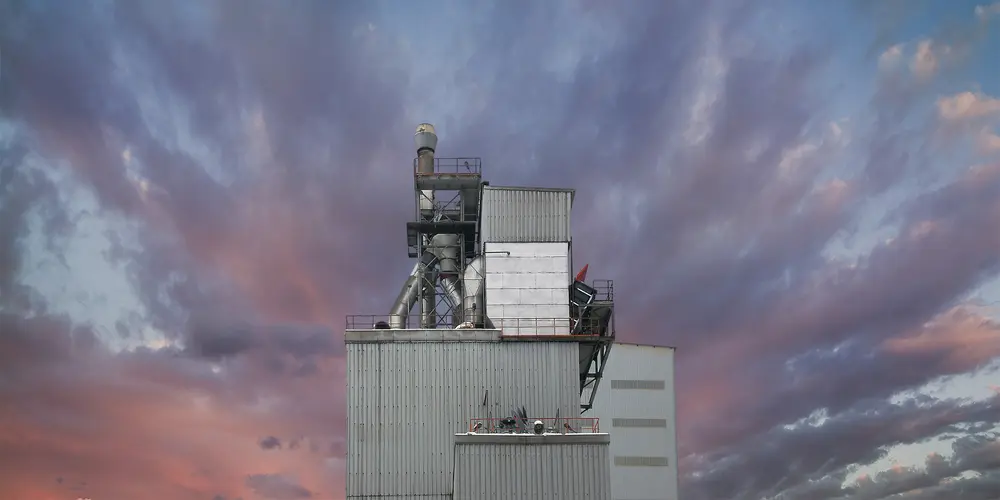Introduction
Coal has been a cornerstone of industrial development, providing a reliable and abundant source of energy. However, the handling and processing of coal present significant safety challenges, one of the most critical being the risk of coal dust explosions. These explosions can lead to catastrophic consequences, including loss of life, severe injuries, and extensive property damage. Understanding the hazards associated with coal dust and implementing effective prevention strategies are crucial for ensuring safety in environments where coal is handled.
What is Coal Dust?
Coal dust is a fine powdered form of coal, which is created by the crushing, grinding, or pulverizing of coal. This dust is highly combustible and can easily ignite under certain conditions. The dust is typically generated in mining operations, coal processing plants, and during transportation. Due to its fine particles and volatile nature, coal dust poses a significant explosion hazard.
Mechanism of Coal Dust Explosions
A coal dust explosion occurs when fine coal particles become airborne and come into contact with an ignition source in an enclosed or confined space. The explosion hazard is magnified by the following factors:
- Dispersion: Coal dust must be dispersed into the air to create a dust cloud.
- Concentration: The dust cloud must reach a concentration within its explosive range. Too little or too much dust will not result in an explosion.
- Ignition Source: There must be an ignition source, such as a spark, flame, or hot surface.
- Oxygen: There must be sufficient oxygen to support combustion.
When these conditions are met, the coal dust can ignite, resulting in a rapid combustion process that releases energy explosively.
Prevention Strategies
Preventing coal dust explosions requires a multifaceted approach, combining engineering controls, administrative measures, and safety practices. Key strategies include:
- Dust Control: Minimizing the generation and accumulation of coal dust through effective ventilation, water sprays, and dust suppression systems. Regular cleaning and maintenance to prevent dust build-up.
- Explosion Venting and Isolation: Installing explosion venting systems to safely relieve pressure and isolate different sections of a facility to prevent the spread of an explosion.
- Inerting: Adding inert materials, such as limestone dust, to reduce the explosiveness of coal dust.
- Monitoring and Detection: Implementing continuous monitoring for dust levels and potential ignition sources, coupled with early warning systems.
- Training and Awareness: Educating workers on the hazards of coal dust and proper safety practices. Regular drills and emergency preparedness plans.
- Equipment Maintenance: Ensuring all machinery and electrical systems are regularly inspected and maintained to prevent overheating, sparks, and other potential ignition sources.
